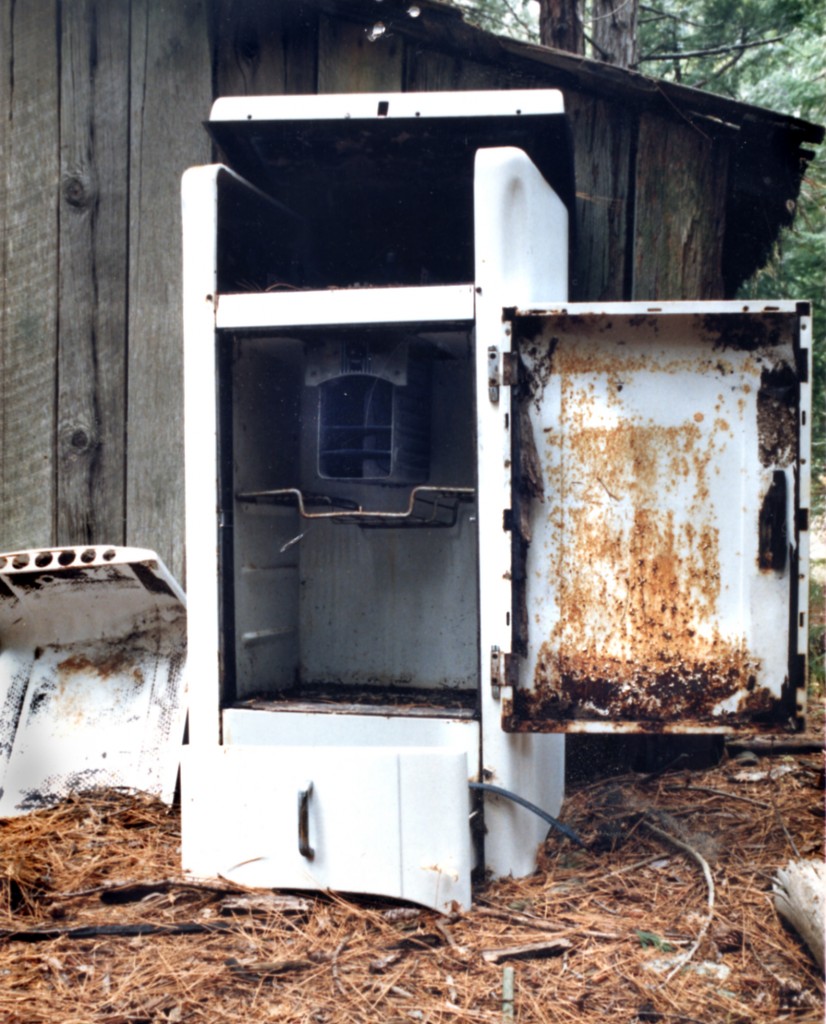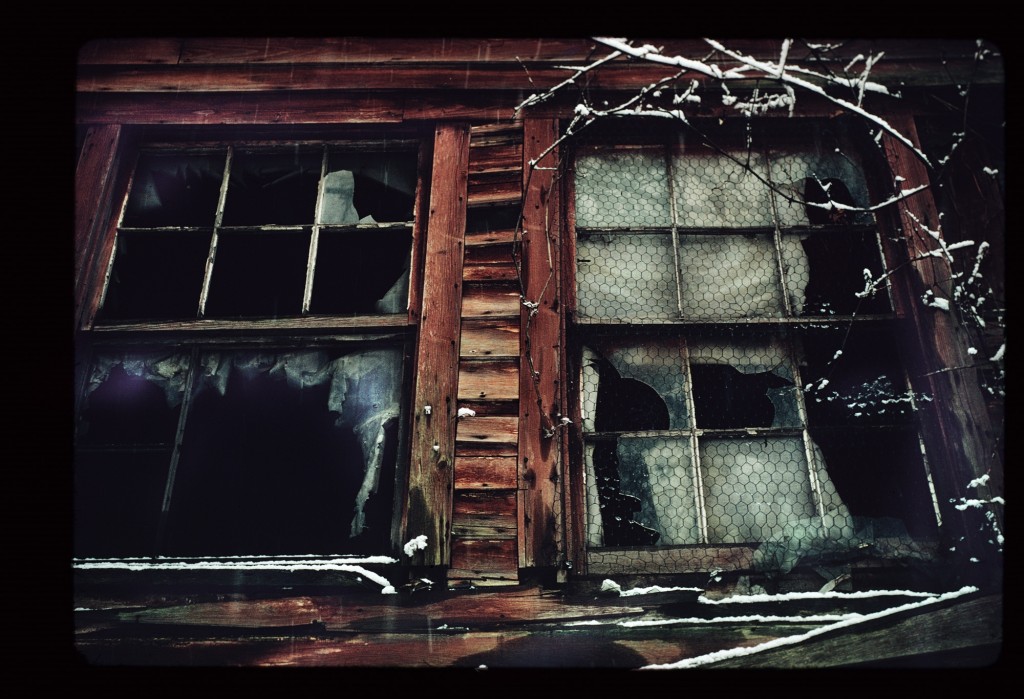Refrigerators/Windows and Energy Star
Letter sent to Energy Star
Refrigerators
 Standard test conditions for refrigerators do not mirror conditions in a typical kitchen. Refrigerators are typically tested at 90 deg F with no food loaded and the doors closed. Most manufactures optimize their design for standard test conditions not typical usage. Energy Star wants to establish a “Top Tier” category for products. The accompanying letter requests “Energy Star” not establish a top tier category unless the test conditions more closely reflect in home conditions.
Standard test conditions for refrigerators do not mirror conditions in a typical kitchen. Refrigerators are typically tested at 90 deg F with no food loaded and the doors closed. Most manufactures optimize their design for standard test conditions not typical usage. Energy Star wants to establish a “Top Tier” category for products. The accompanying letter requests “Energy Star” not establish a top tier category unless the test conditions more closely reflect in home conditions.
Windows
Solar gain through windows can be a benefit or a detriment. During the winter passive solar heat gain through south facing windows is the least expensive form of solar energy. During the summer solar heat gain through east and west windows can over-heat a home. The current “Energy Star” program does not give the Energy Star approval to windows appropriate for passive solar heating in most parts of the country. Regardless of location, the Obama stimulus plan does not give any rebates for windows appropriate for solar heating.
We would like to see “Energy Star” promote the appropriate windows for the various faces of a home. For example, high solar heat gain windows for the south face of a building and low solar heat gain windows for east/west walls. The following letter was written to Energy Star to promote these ideas.
————————————————————————————————-
Refrigerators
If Energy Star wants to maintain its credibility, the most highly rated products should consume the least amount of energy. For these two points to converge the test standards should mirror in use conditions.
For refrigerators, procedures for testing do not reflect actual in use conditions. The refrigerator is tested at 90º F with the doors closed. A kitchen would more typically have an ambient temperature of about 70º F and the doors of a refrigerator are opened when in use, allowing warm air and moisture into the refrigerator. In addition, warm food may be added for cooling or freezing.
If the design of the cooling system is optimized for 90º F, it will work less efficiently at 70º F, a temperature more often encountered in the home, and consume more energy on a yearly basis. Some of the components that can be optimized for ambient temperature are the capillary tube, system refrigerant charge, and the evaporator design. In our refrigerator we have a unique design for our evaporator, which has a relatively high efficiency at 70º F.
A refrigerator that handles moisture efficiently (requires a minimum of energy for defrosting), and cools food and makes ice efficiently is not rewarded in the current test system. For example, our refrigerator has two compressors and there are no air passages between the refrigerator and freezer. Typically the freezer evaporator also cools the refrigerator compartment resulting in relatively inefficient cooling. A refrigerator cooling system works less efficiently at lower temperatures (lower COP). In addition, with the dual compressor design, air passages between the two compartments can be eliminated which reduces frost buildup in the freezer. It also results in higher humidity storage conditions in the refrigerator allowing vegetables to be stored much longer.
Under closed door standard test conditions, little moisture enters the refrigerator and almost no defrost energy is necessary. A manufacturer could design his defrost heater to come on only for a minimal amount of time when the temperature is above 88º F. Schemes similar to this have been attempted. In use, however, the defrost heater must be on much longer to combat ice accumulation as a result of moisture arising from door openings and dehydrating food. A manufacturer with a method of reducing ice build up on the evaporator, or a method of defrosting more efficiently, would not be rewarded with the current test methods.
We are currently building a prototype refrigerator for the Cold Climate Housing Research Center in Alaska. This refrigerator will consume no energy during the winter. Coolth is transferred from outside of the refrigerator through two ¼ inch tubes. If Energy Star wishes to promote innovation of new concepts such as this, it should be reflected in their Energy Star Rating.
Total refrigerator sales would not be affected by implementing more realistic test procedures. However, the energy consumed by refrigerators would be reduced. As a result, retailers would probably not object to the new standards but most manufacturers would probably object to the design changes necessary to maintain their relative standing in energy consumption. Since our target consumer is seeking energy efficiency, we would actually welcome these changes.
Windows
The reputation of Energy Star windows, with solar oriented designers and builders, has severely suffered in recent years because windows with a high solar heat gain coefficient (SHGC) are not allowed in most parts of the country. As a result of these Energy Star standards, a home is unable to make use of passive solar gain—the cheapest form of solar energy. Educated consumers know they can not rely on Energy Star for making the most sensible choice in windows. I have talked to a number of scientists working in the windows group of Lawrence Berkeley National Labs. They were remodeling their homes and wanted to make use of passive solar gain on their south facing windows. To achieve their goals, they had to purchase windows that were not Energy Star compliant.
Good design would generally use high SHGC windows on the south side and windows with a low SHGC on the east and west windows to prevent overheating during the summer. The Energy Star program does not promote using different glazing on different faces of a home. In Chicago, because it is in the northern zone high SHGC windows can be used on all windows. Using high SHGC windows on east and west windows will result in higher air conditioning bills. Where I live in Arcata, along California’s northern coast, we have a long heating season and virtually no cooling degree days. Arcata has slightly more heating degree days than Washington, D.C. Here, south facing windows with a high SHGC would be beneficial. However, Energy Star recommends a SHGC of less than .4. As a result, passive solar heating is not effective. Nationwide, at least 3 times more energy is used for heating rather than air conditioning.
If Energy Star is to maintain its credibility, the highest Energy Star ratings should maximize energy savings. If the testing procedures are not modified for refrigeration, we recommend no changes be made in the program.



Comments are closed.